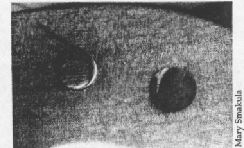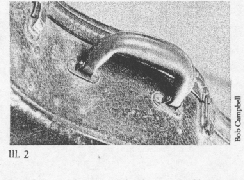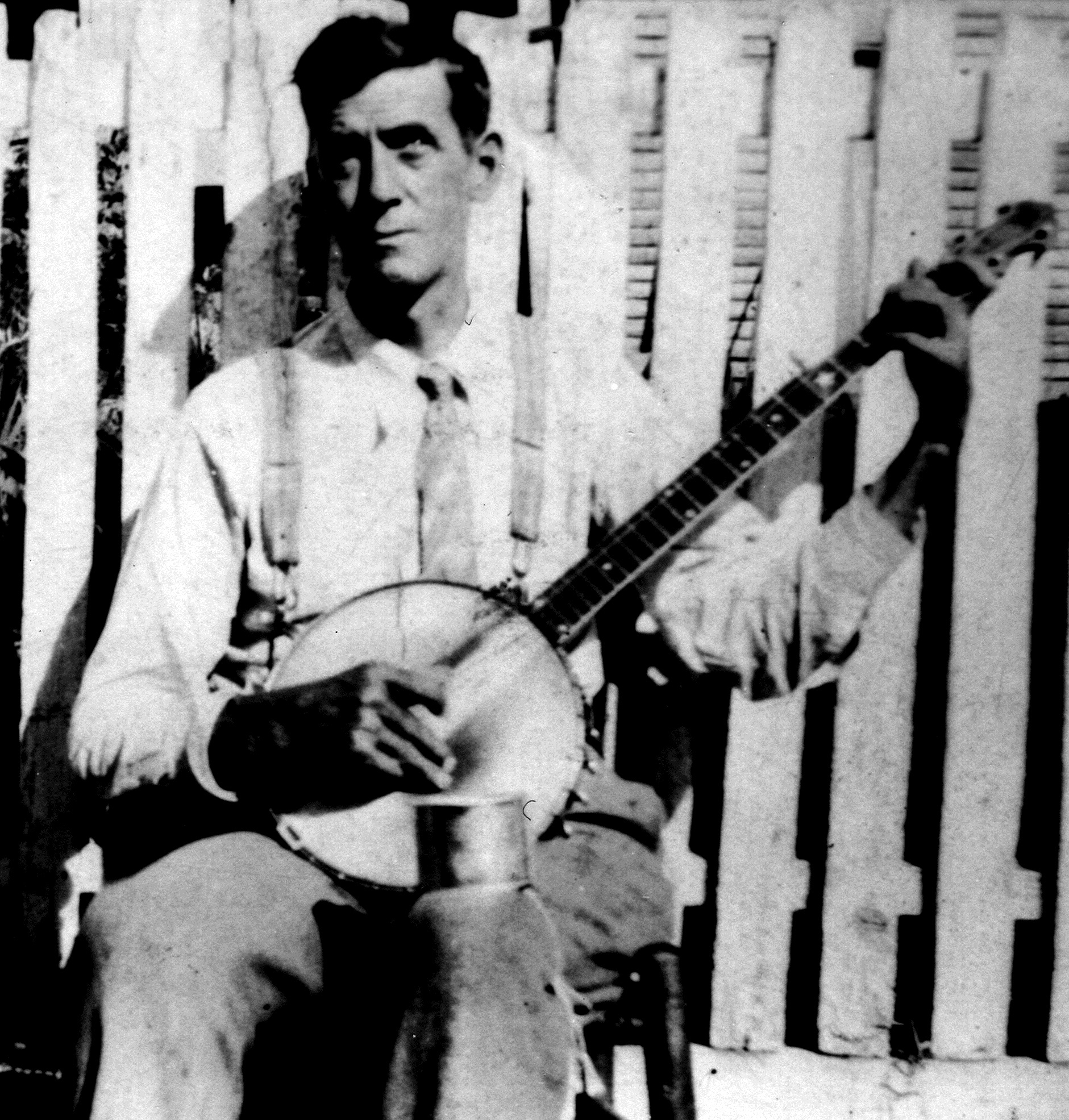
Several doctors I know hate to go to parties. They know that sooner or later someone is going to come up to them, describe an ache or pain and demand an immediate diagnosis. Well, this phenomenon happens to instrument repair people too. I’m always asked to find a buzz or do a quickie repair at our local tunes sessions. The thing is, I don’t mind.
While we were jamming a few months ago, a local old-time fiddler complained to me that her fiddle was hard to tune. I gave it the hands-on test and decided she was right. A quick




 Kentucky-born, blind street singer Dick Burnett had every reason to compose I Am a Man of Constant Sorrow. An orphan by the time he was 12, Burnett was almost murdered in 1907 when he was robbed and shot in the face with a shotgun. Though he survived, Burnett was now a blind man. To earn a livelihood for his wife and child, he took to the streets with a banjo, a fiddle, and a tin cup tied to his leg. To add to his income, he produced little song books, which he later called “song ballets.”
Kentucky-born, blind street singer Dick Burnett had every reason to compose I Am a Man of Constant Sorrow. An orphan by the time he was 12, Burnett was almost murdered in 1907 when he was robbed and shot in the face with a shotgun. Though he survived, Burnett was now a blind man. To earn a livelihood for his wife and child, he took to the streets with a banjo, a fiddle, and a tin cup tied to his leg. To add to his income, he produced little song books, which he later called “song ballets.” 
 Did you hear about the guitarist that was so far out of tune that the banjo player noticed?
Did you hear about the guitarist that was so far out of tune that the banjo player noticed?